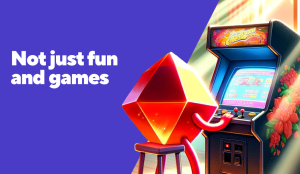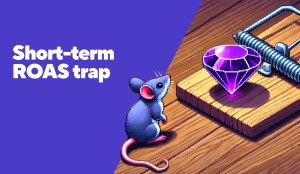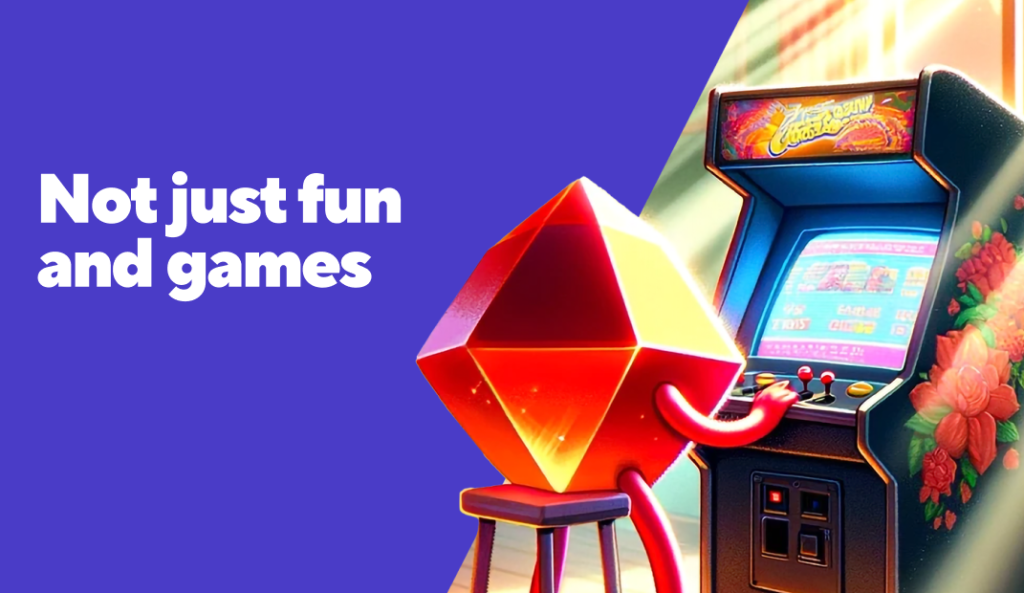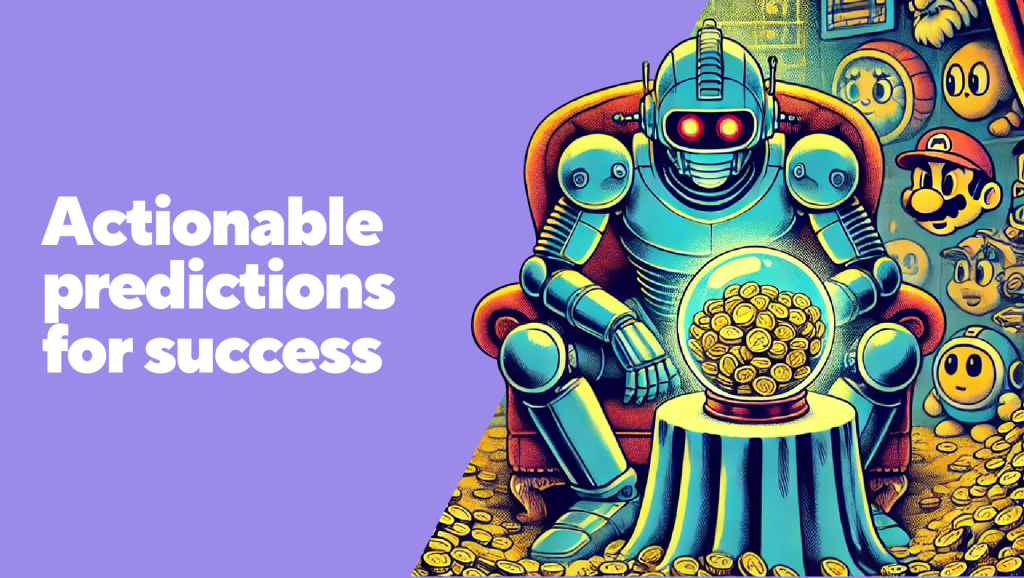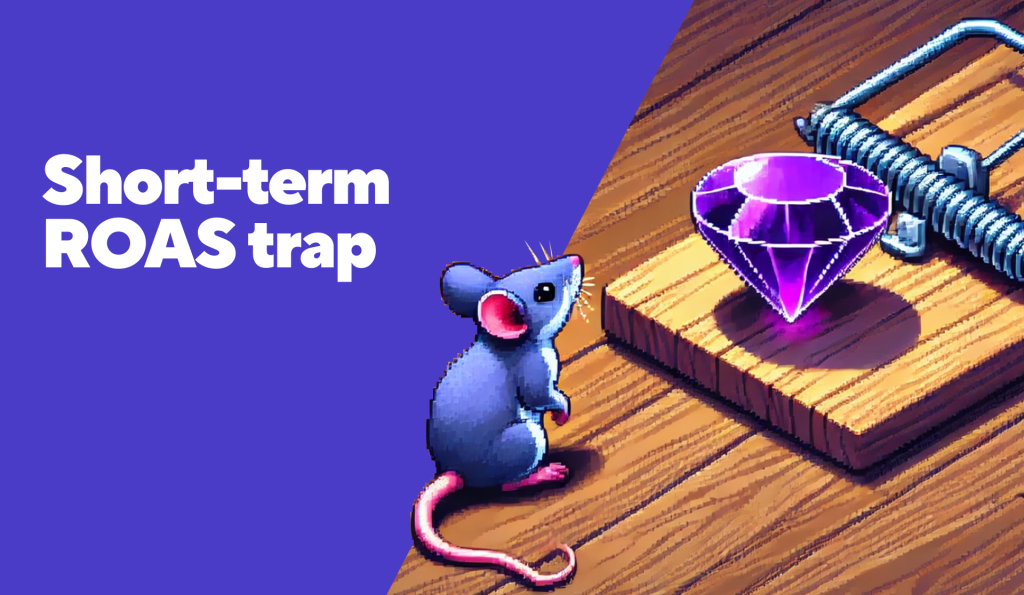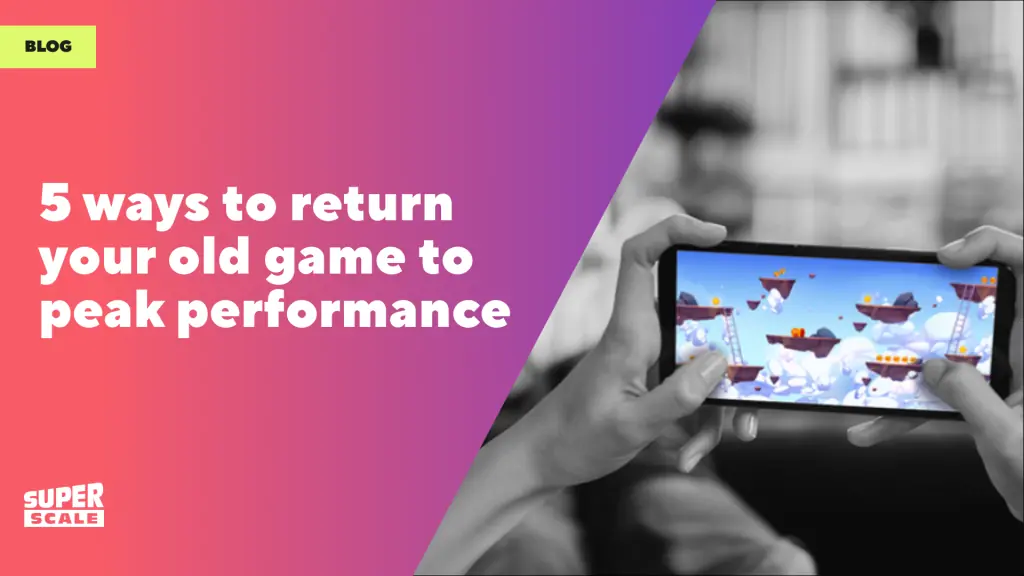
As the mobile games industry grows up, older games – so-called legacy games – make up a growing portion of market inventory. But changes to the data landscape, and in some cases player habits, can stall their commercial performance. In this article, we give you a rundown on what’s happened to these former favorites, along with our 5 tips for returning them to their full earning power.
As far back as 2015, the mobile games industry was discussing whether the market had matured. Newzoo projected the market’s value would hit $30 billion that year.
At the time, N3twork CEO Neil Young had a positive outlook, forecasting the first $10 billion franchises. He was right. Blockbuster titles like Clash of Clans, Honor of Kings, Monster Strike, and PUBG Mobile have each surpassed $10 billion in lifetime revenue to date.
And they’re still going. LiveOps has contributed to the growth of what Zynga calls ‘forever franchises’ – games that will stick around for years, perhaps even decades. These legacy titles will take up an ever-greater share of the market, with more recent innovations like the Season Pass driving engagement and monetization in both new and old games.
Eight years on, the mobile games industry generated $91.8 billion in 2022, tripling its value. But growing up isn’t easy, as the industry has found out, navigating the triple challenge of Apple’s privacy changes (App Tracking Transparency), the post-pandemic landscape, and macroeconomic issues. Few teams have the data expertise and capital to make sure older games keep up.
Return to and surpass previous revenue peaks
At SuperScale, we know there’s still huge potential in games of all shapes, sizes and ages. And we know how to unlock it, even when belts are tight. Effectively, publishers and owners need to increase revenue from older titles without adding to their cost base. That’s where we come in.
For example, we helped developers NimbleBit increase revenue for Tiny Tower by 100% compared to its 2022 average, and 400% compared to its 2020 average. Not bad for a 10-year-old game. What’s more, it broke monthly revenue records that had stood for eight years. The best part? NimbleBit didn’t have to invest anything upfront. We believed in their game, and offered to manage its performance upwards for a share of uplift once revenue took off again.
If you want to revive your legacy titles and them to form, or even surpass previous revenue peaks, where do you start?
It’s not simply a numbers game, throwing all you’ve got at user acquisition, as some would have you believe. You don’t need to radically change your core game. You do need accurate performance evaluation and a new strategy.
Here, we share our top 5 tips at SuperScale for growing older mobile games, and the unique business model that makes it work.
1. No to aggressive monetization
There’s no quicker way to turn players away and ruin your company and game’s reputation than by ramping up prices, creating barriers to gameplay, and overdoing it. Players are savvy, and have become ever wiser to aggressive tactics over the years. They know when they’re getting a good deal, and when publishers are being too greedy.
So before you think reviving a legacy game means going all-out on monetization, think again. That’s the fastest route to revenue decline and alienating your community.
2. Events and LiveOps forever
To make a mobile game successful long-term, effective LiveOps is a must. The right strategy, a mix of content updates and event management, can give our older titles popularity that lasts.
When it comes to running successful events, we recommend these steps:
-
- Set up an events calendar
-
- Understand key national and international holidays for key countries to create themed events (like Christmas, Halloween)
-
- Create special offers and unique rewards that can only be obtained during the event
-
- Tie these events to your core gameplay/economy
-
- Set rewards for each type of player (including non-payers, paying players)
-
- Set different lengths for each event to keep players engaged, while also allowing time for them to rest, particularly after a big event
-
- Collect data, read community feedback, and be sure to iterate each time
3. Data, data, data
When it comes to increasing engagement, retention and ultimately revenue, getting the right data on how players interact with your game is crucial. For example, in Tiny Tower, we used data to generate custom special offers for individual players, raising long-term IAP revenue. You can also use data to track player milestones like the percentage who finish a tutorial, the number taking part in events and completing them. In terms of marketing, monitoring KPIs like installs and CPIs can help predict ROAS and LTV metrics a year out.
You can use this information to understand a variety of factors affecting your game. From player pain points to effective event management and discovering player preferences, it all helps improve the overall experience.
4. Hone your marketing, Then hone it again
The mobile games industry is effectively built on user acquisition, so mastering this is essential.
As with events, your UA campaign should have a clear roadmap, planning at least three months ahead, with a strategy for the ad networks you plan to use (and backup networks just in case). Then you need to build predictive models for each channel, so you can set the appropriate budgets and expectations.
That UA roadmap needs to factor in your LiveOps plans, as you’ll need supporting creative for maximum impact. That’s why it’s important to test creatives regularly to keep up with trends and find the most effective ads for attracting new users.
App Store Optimization (ASO) is also crucial to make sure your user acquisition campaigns are as effective as possible. You can run this in tandem with your big events. When your store page supports and co-ordinates with your creatives, the difference is significant.
5. Find the right publishing partner
Reviving an older game can be a great business move. If investment is an issue, it makes sense to look for a publishing partner to lower risk while boosting chances of success.
At SuperScale, we help game owners achieve their overall goals, driving success for individual titles or full portfolios – keeping the process smooth from start to finish. We have buildable services for companies publishing games themselves, from UA support to analytics from our proprietary data engine and dashboards.
We also offer Game Management, with specific approaches for new, active and legacy games. Working closely with developers, we improve LiveOps, monetization and UA – as we’ve done for NimbleBit and many more – investing our time, expertise and sometimes capital and taking a share of the uplift we achieve.
There’s more value in older titles than you think
Sometimes it’s easy to think a game is past its best and focus on new releases to build your business. But don’t forget the value in older games. You might just be able to grow them without raising investment. Particularly if you work with the right partner.
Want to drive your mobile game’s success? Get in touch.

